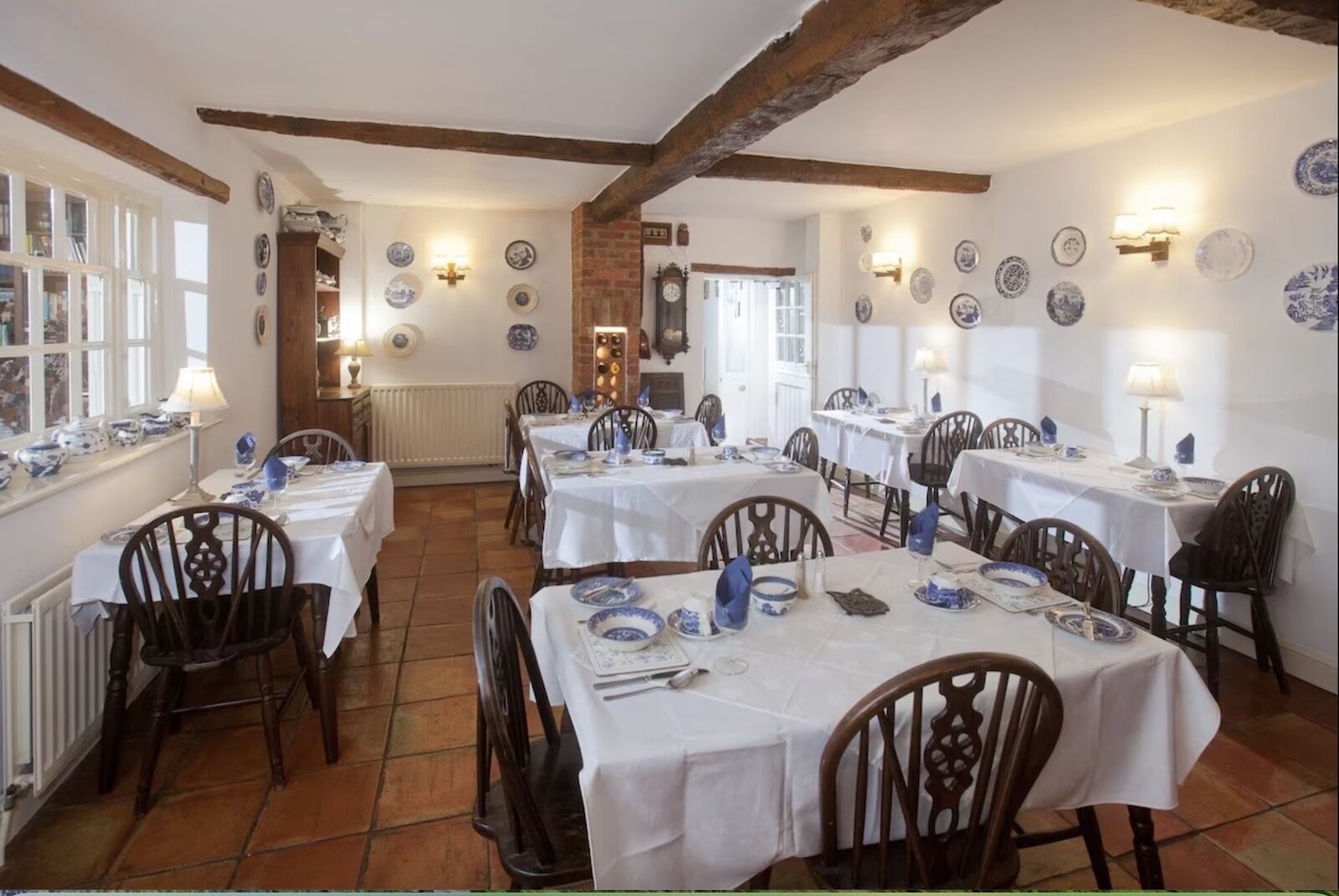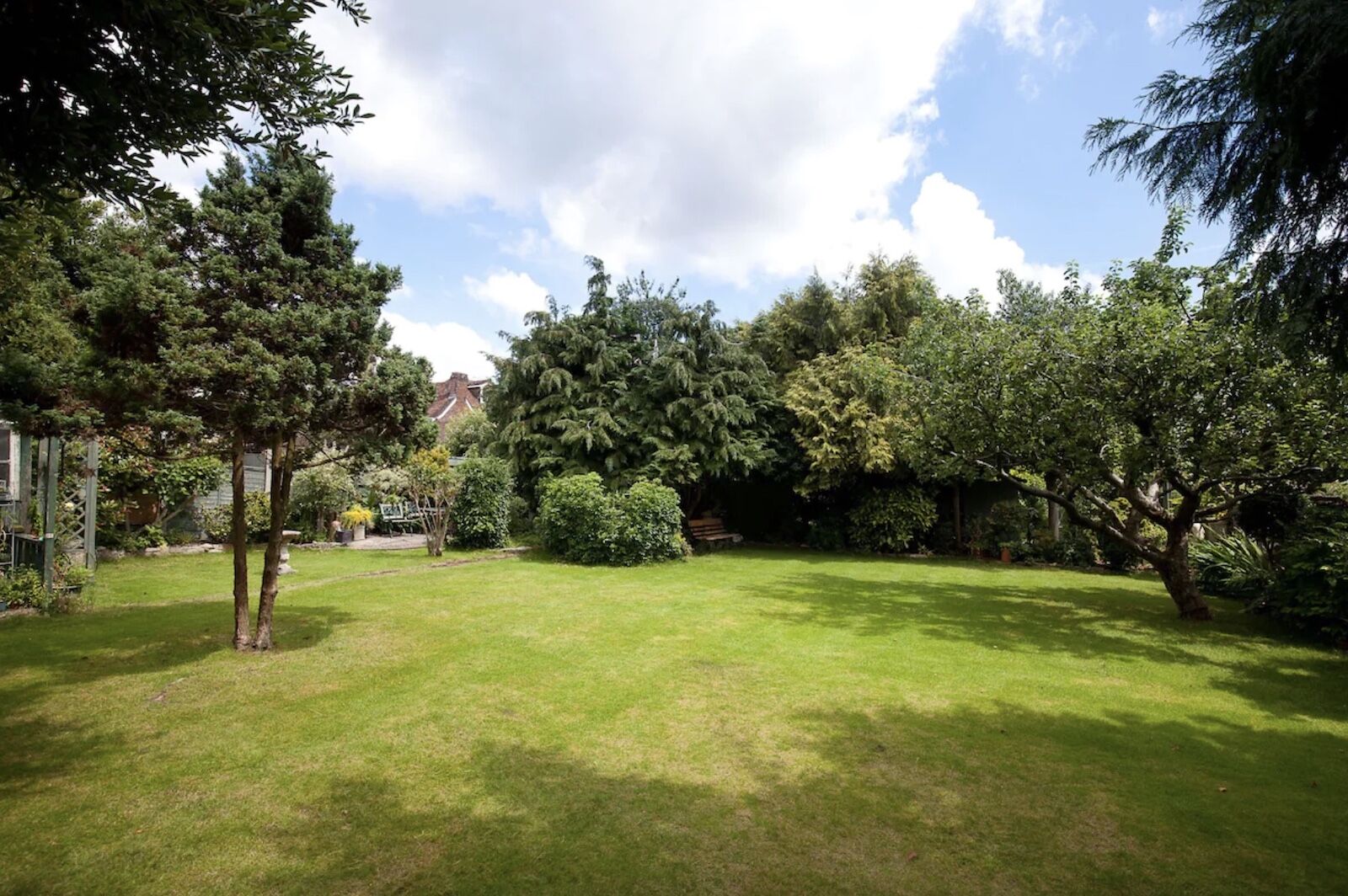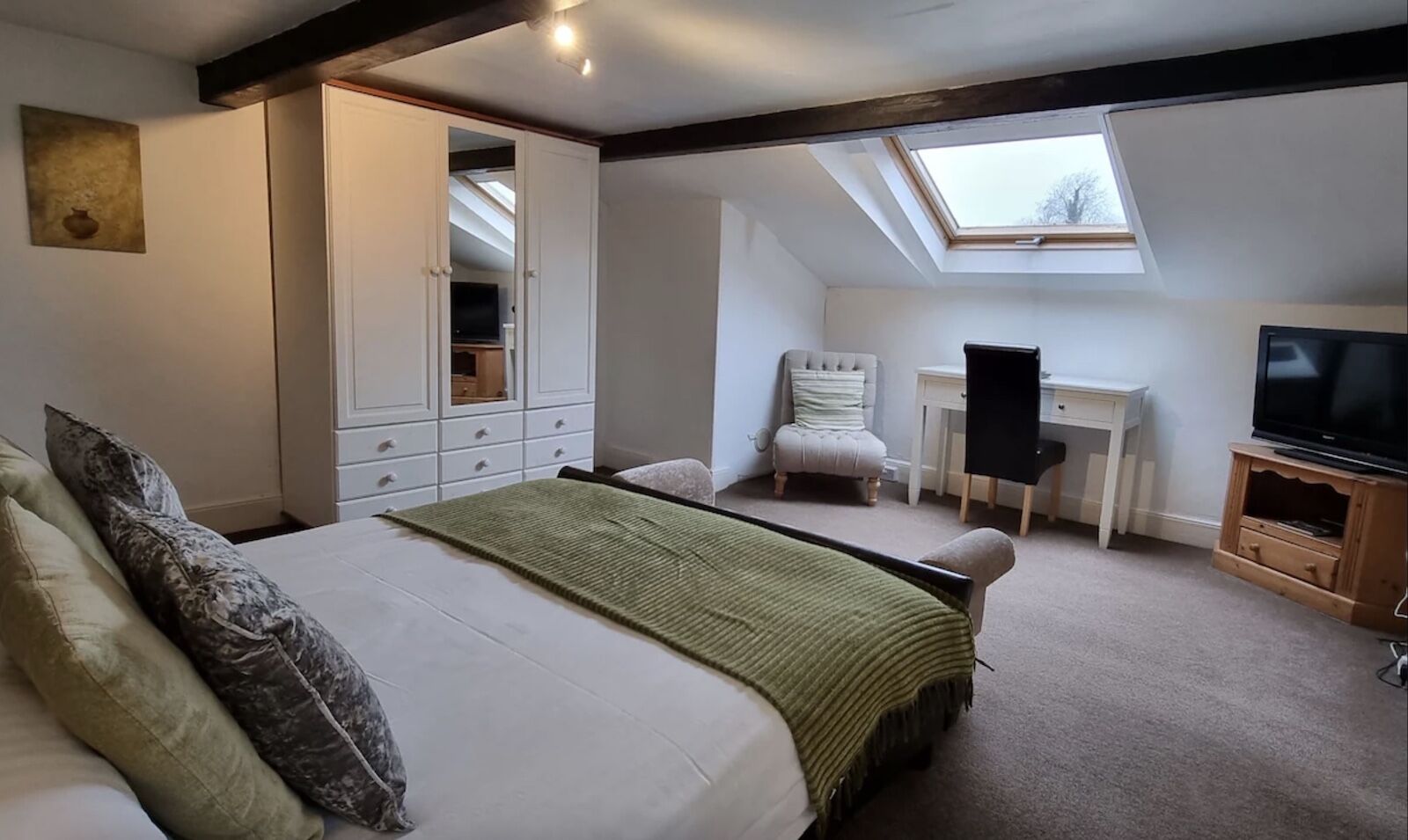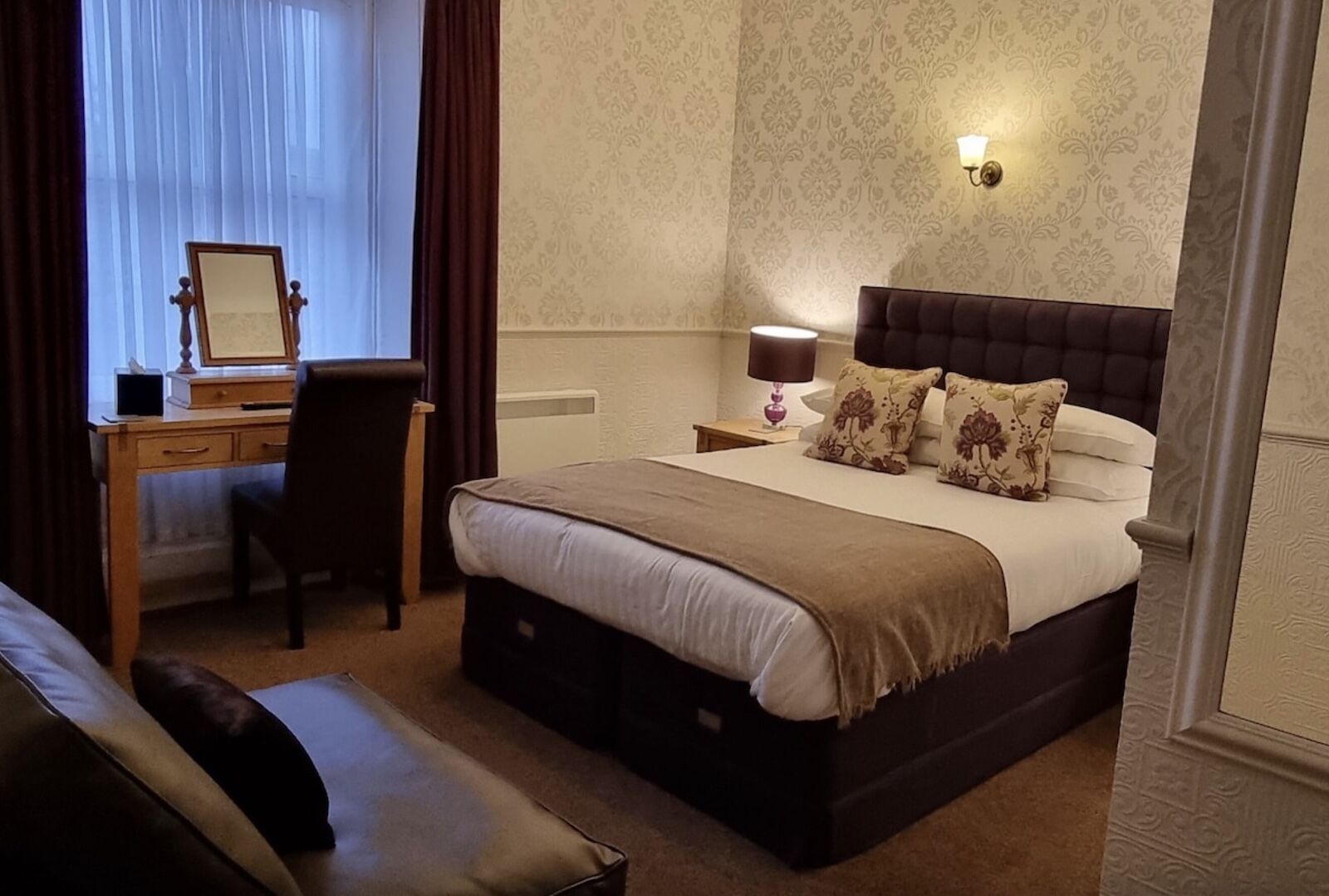There are many iconic monuments in England, Big Ben, St. Paul’s Cathedral, and even the 1,000-year-old former royal palace that is the Tower of London. But it you want to go a little bit further back in history, get out of London and make your way west to the county of Wiltshire, where you can see the most famous prehistoric monument in the world: Stonehenge. The site is 5,000-year-old and is open to visitors every single day.

The Most Famous Prehistoric Monument in the World Is 5,000 Years Old and Only Two Hours From London
- What is Stonehenge?
- Where is Stonehenge? How to get to Stonehenge from London?
- When was Stonehenge built?
- Who built Stonehenge and why?
- What’s special about Stonehenge during the solstices?
- Facts, figures, and visiting tips about Stonehenge
- Stonehenge hours of operation
- Stonehenge tickets
- How can I take a tour of Stonehenge?
- Is there a Stonehenge in America?
- The best hotels near Stonehenge
What is Stonehenge?
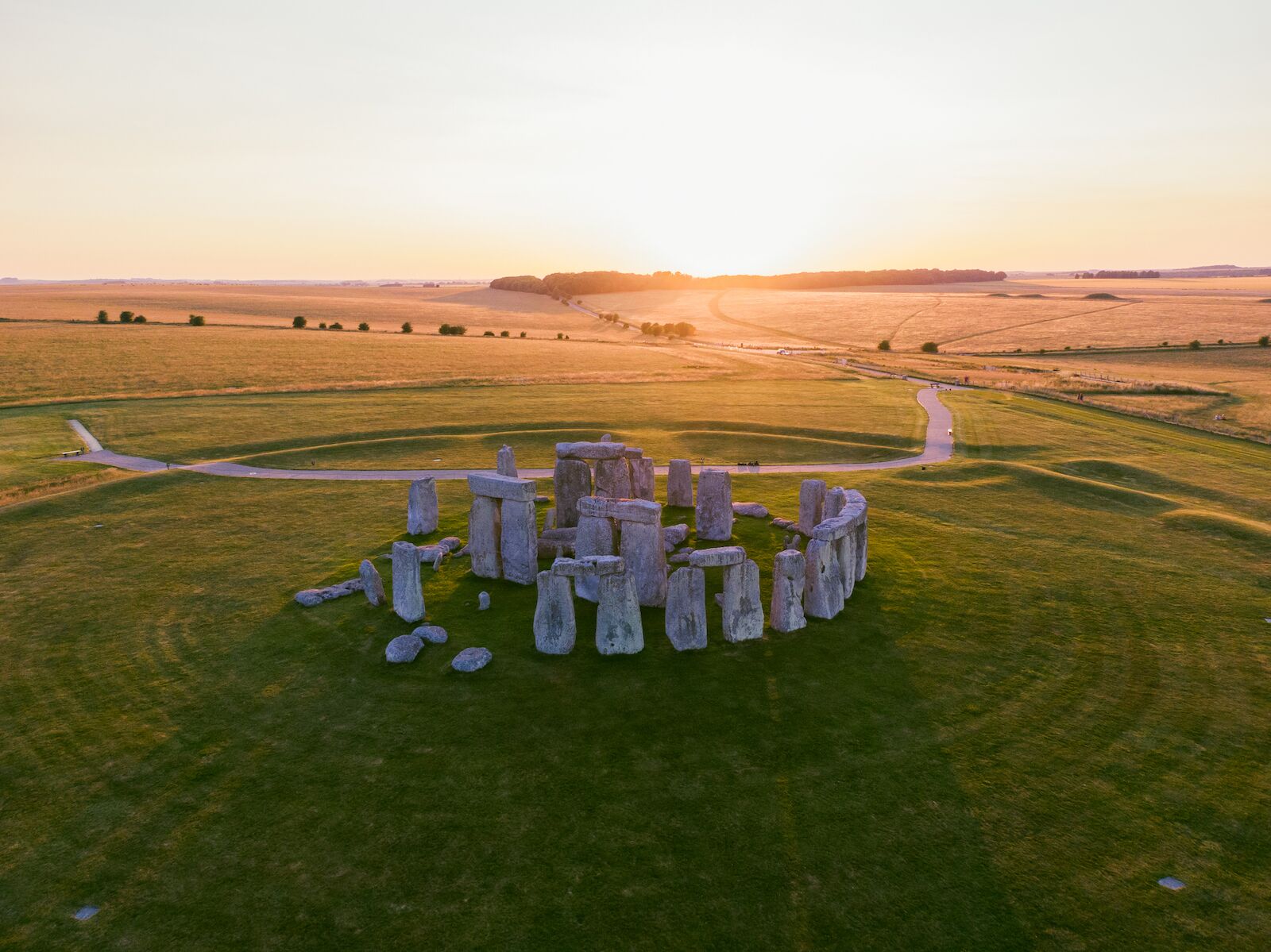
Photo: joaoccdj/Shutterstock
Stonehenge is a prehistoric monument that consists of a circular area in the center of which stands large stones. The monument was built by ancient people thousands of years ago in England. Stonehenge is a UNESCO World Heritage site alongside other prehistoric monuments nearby.
Where is Stonehenge? How to get to Stonehenge from London?
Stonehenge is located in the county of Wiltshire in England, a little less than two hours west of London by car. If you don’t want to drive all the way there, you can take the train from London to Salisbury and then take the Stonehenge Tour bus to the visitor center. The trip takes a little over two hours.
When was Stonehenge built?
The site was built in stages over hundreds of years, but the work started 5,000 years ago. The famous stone circle was built in 2,500 BC.
Who built Stonehenge and why?
Stonehenge was built by Neolithic people who had enough knowledge and tools to move large stones for very long distances. However, we do not know why Stonehenge was built. There are many theories — some think it’s an ancient calendar, other believe it to be a place of worship or healing — but they remain unproven.
What’s special about Stonehenge during the solstices?
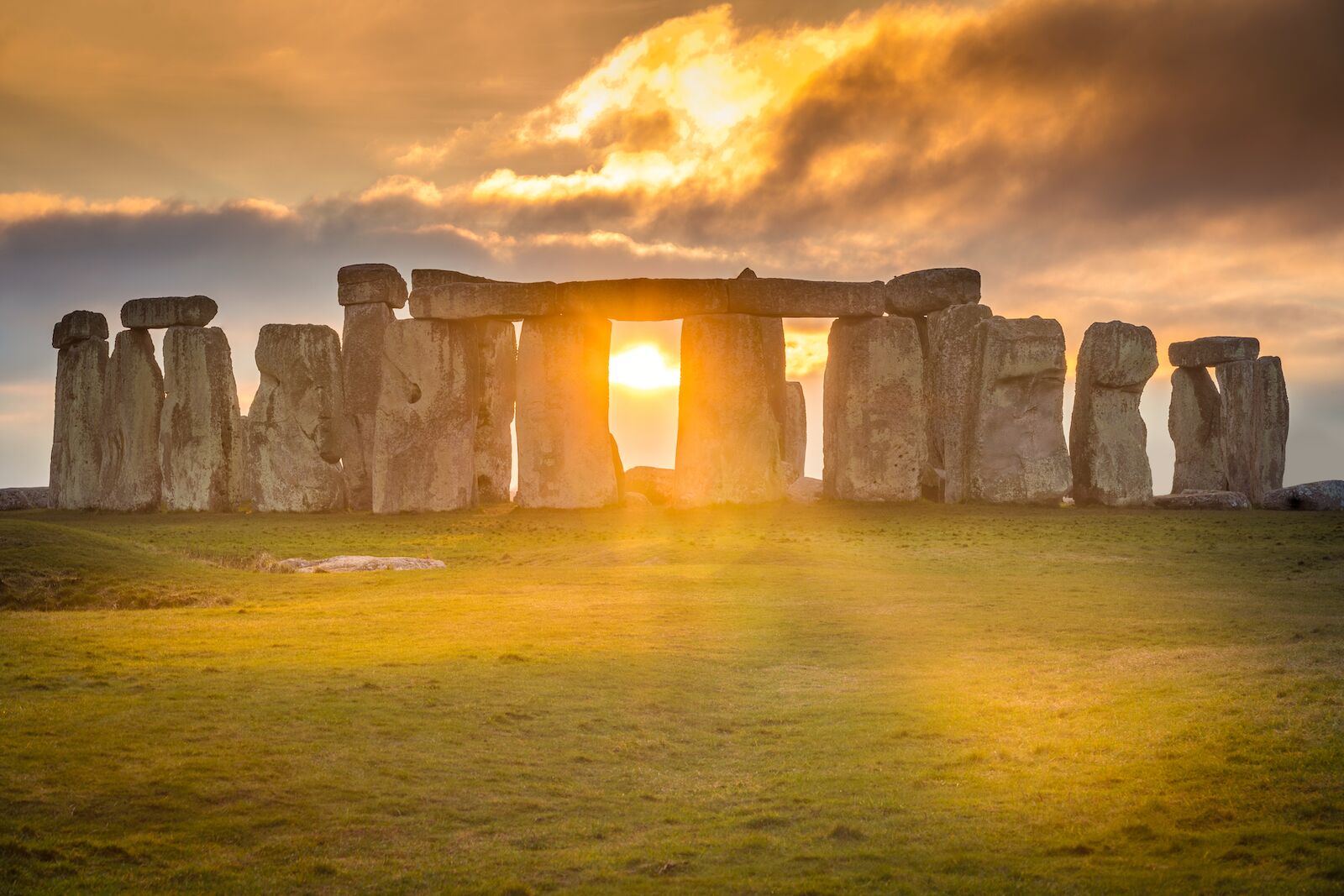
Winter solstice at Stonehenge. Photo: Chuta Kooanantkul/Shutterstock
On the day of the summer solstice (the longest day of the year), the sun rises over the Heel Stone, which stands just outside the stone circle, and its first rays shine directly into the center of the monument.
On the day of the winter solstice (the shortest day of the year), which usually takes place on or around December 22, the sun sets over the Heel Stone.
It is because of this phenomenon that many believe that Stonehenge was built to work as a calendar, tracking the seasons with the sun’s movements.
The summer and the winter solstices at Stonehenge attract thousands of people, including druids and other spiritual celebrants.
Facts, figures, and visiting tips about Stonehenge
- The stone circle at Stonehenge dates back from 2,500 BC, i.e. over 4,500 years ago. It was built around the same time as the Great Pyramid of Giza.
- Initially, 5,000 years ago, Stonehenge was a simple circular ditch.
- It took around 800 years to create the stone circle.
- In 1986, Stonehenge, alongside other prehistorical monuments in this area of England, were inscribed as a UNESCO World Heritage site.
- Some of the stones used in the stone circle originate from as far as 150 miles away and some weigh over 30 tons. Transporting such large and heavy stones from so far away is an incredible achievement and a feat of engineering that remains difficult to explain.
- The stones in the stone circles fit together thanks to man-made interlocking joints that have never been seen in other prehistoric monuments.
- If you plan to visit Stonehenge, download the free audio guide on your phone beforehand. You’ll get a free expert commentary.
- In 2019, a three-foot-long piece of Stonehenge was returned by a man who was employed on an archeological excavation project on the site in the 1950s.
Stonehenge hours of operation
Stonehenge is open daily from 9:30 to 5 PM. The last entry is at 3 PM. It is recommended to visit Stonehenge during off-peak periods, i.e. during weekdays and outside of school vacations.
Stonehenge tickets
To access Stonehenge, you need to purchase a ticket. This ticket gives you access to the monument, the exhibition explaining the significance of the site and its history, and to the replicas of Neolithic houses where those who built Stonehenge lived. It is recommended to purchase a timed ticket online in advance — it will also save you 10 percent.
A ticket to Stonehenge costs $26 (£20.90) for adults; $22.52 (£18.10) for students and people over 65 years of age; $15.80 (£12.70) for children between the ages of five and 17. Children under the age of five enter for free. There are discounts available for families.
How can I take a private tour of Stonehenge?
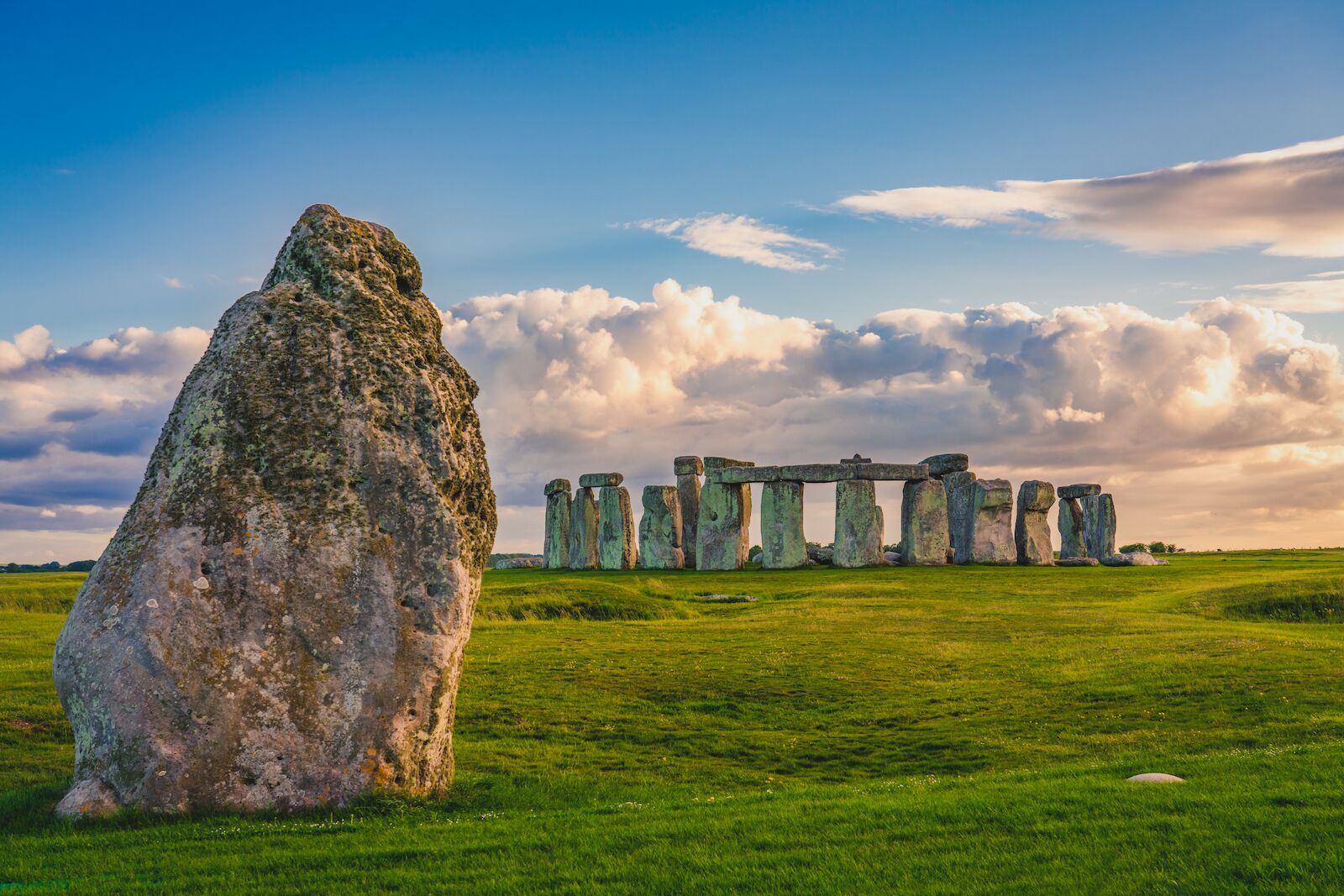
Photo: Pajor Pawel/Shutterstock
You can book a VIP visit of the site called “The Stone Circle Experience” that will allow you to wander around the stones for 45 minutes accompanied by a knowledgeable guide.
The Stone Circle Experience costs $73.40 (£59) for adults and $43.54 (£35) for children between the ages of five and 17. Children under five years of age enter for free.
Is there a Stonehenge in America?
There are replicas of Stonehenge in the US, including:
- Kentucky Stonehenge in Munfordville, Kentucky
- The Stonehenge Memorial & Klickitat County Veterans Memorial in Maryhill, Washington
- “Carhenge” in Alliance, Nebraska
- America’s Stonehenge in Salem, New Hampshire
- Stonehenge II at the Hill Country Arts Foundation in Ingram, Texas
- There used to be an unusual replica in the town of Elberton, Georgia, called the “Georgia Guidestones”, until it was blown up in 2022 and later demolished for safety reasons.
The best hotels near Stonehenge
We hope you love the spaces and stays we recommend! Just so you know, Matador may collect a small commission from the links on this page if you decide to book a stay.
The Old House Guesthouse
The Old House Guesthouse is less than nine miles from the Stonehenge Visitor Center, only a 15-minute drive. The guesthouse is a characterful, 16th-century home decorated with tradition and taste in mind. All the rooms are en suite and there is a large lounge and a garden for guests to enjoy. Breakfast is included.
Holiday Inn Salisbury — Stonehenge, an IHG Hotel
Only 6.2 miles from Stonehenge (11 minutes by car), the Holiday Inn Salisbury is a great place to stay before and/or after your visit to the prehistoric site. The decor is modern and fun, and there is a restaurant (Solstice Bar and Grill) on site. Breakfast is available.
Fairlawn House
Fairlawn House is only five miles from Stonehenge — you can even walk there! The home is a 1837 Georgian townhouse that is as beautiful outside as it is inside. The decor is simple but elegant and breakfast is served daily.

